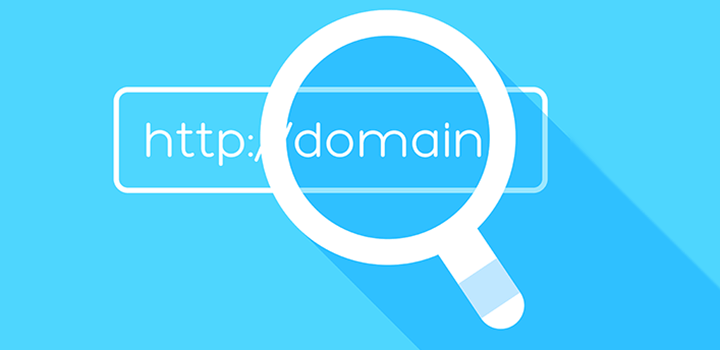One of the challenges of creating a website name is making sure no else has taken it.
However, you can take it a step further by making it unique.
After all, users find a web address that spells or sounds similar to another one misleading. This scenario could also cause complications with the other site. For example, Flickr was forced to buy Flicker.com so that their users would not be redirected to the wrong site. So, how do you come up with a domain name? Well, it helps if you do the following:
- Consider using a city or ccTLD (country-code TLD).
There is nothing wrong with using a traditional domain, like .com or .net. But it does make it harder because there’s a higher chance of the name you want being taken by someone else. By limiting the scope within a specific city, country or region, this minimises the list of similar sounding names. For example, names like .LONDON, and .SYDNEY or ccTLDs like Singapore’s.SG.
- Make it easy to spell.
If possible, use common letters. Try to avoid “p”, “q”, “x”, and “z” in your web address. The important point is it should be simple enough to type. Visitors can be put off when they have to take the time to type a name correctly: this could reduce both visitors and your conversion rate.
- Craft a memorable domain name.
No matter how great your site looks, it would be pointless if no one visits. And how do you expect people to check it out if they can’t even remember its name? Make sure your domain name is catchy enough that it sticks in people’s heads.
- Narrow down your top keywords
Pick at least five of the most common keywords that apply to your business. Visit Crazy Domains, and search for domains including these words.
This will help you to find out which businesses have already taken the web addresses you are interested in. Through this process, you can simply add or remove prefixes, suffixes, and prepositions until you finally discover one that is available. This tactic could help you find which unique terms or phrases you can use.
- Avoid applying SEO trends to your domain name.
Remember, SEO trends come and go, but your domain name is forever. And with search engines constantly updating their software algorithm, there’s a risk that your site’s rankings could drop simply because the trend it followed is no longer applicable. You can still apply SEO trends, of course, but they are usually more applicable to content and site navigation.
Additional tips:
- Make sure you are not infringing anyone else’s name or trademark. You can visit USTPO and search your preferred domain name before you register.
- Keep it short. This can boost traffic in a number of ways. For example, because of the limited number of characters, it could easily fit in search engine results page.
- Make it relatable. Even though it is short, it should still reflect the true nature of your business.
These tips may seem easy, but remember that you also have to factor in the niche, followers, and marketability. With these in mind, you can have a SEO-friendly domain name.





















